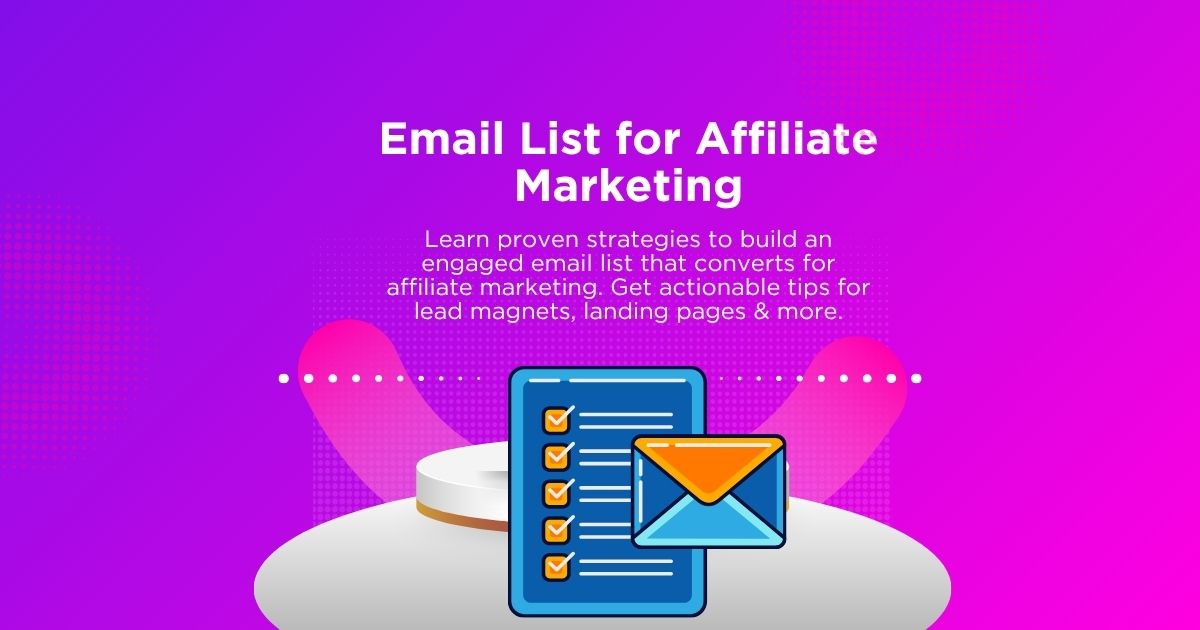
Building an email list stands as one of the most powerful strategies for affiliate marketers who want to create sustainable, long-term income. Unlike social media followers or website visitors who might never return, your email subscribers represent a direct line to people genuinely interested in what you have to offer.
Email marketing delivers an average return of $42 for every $1 spent, making it far more profitable than most other marketing channels. For affiliate marketers specifically, this means each subscriber on your list represents potential recurring revenue rather than just a one-time visitor.
The beauty of email marketing lies in ownership. Social media platforms can change their algorithms overnight, search engines can update their ranking factors, but your email list remains yours. This gives you complete control over when and how you communicate with your audience, allowing you to build deeper relationships that translate into higher conversion rates for your affiliate promotions.
Why Email Lists Drive Affiliate Marketing Success
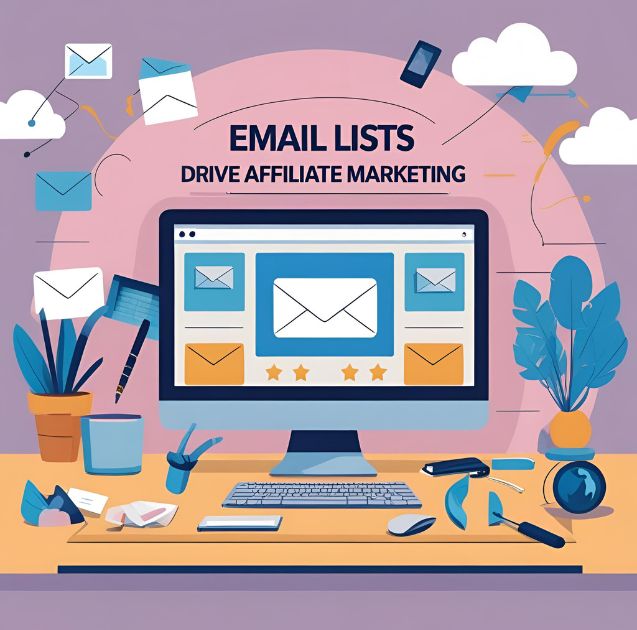
Email subscribers convert at significantly higher rates than cold traffic because they’ve already expressed interest in your content. When someone voluntarily provides their email address, they’re signaling trust and willingness to hear from you regularly.
This relationship-building aspect makes email marketing particularly effective for affiliate promotions. Instead of pushing products to strangers, you’re making recommendations to people who know and trust your expertise. Your subscribers understand your style, appreciate your insights, and are more likely to act on your suggestions.
Email also allows for more detailed explanations than social media posts or ads. You can share personal experiences with products, provide comprehensive reviews, and address common objections—all crucial elements for successful affiliate marketing.
Choosing Your Niche and Target Audience
Success in affiliate marketing begins with clarity about who you’re serving and what problems you’re solving. Your niche should intersect your expertise, genuine interest, and market demand.
Popular affiliate marketing niches include health and wellness, personal finance, technology, home improvement, and lifestyle topics. However, the most successful affiliate marketers often focus on sub-niches where they can become recognized authorities. For example, instead of broad “fitness,” you might focus specifically on “home workouts for busy parents” or “strength training for women over 40.”
Research your chosen niche thoroughly. What questions do people ask most frequently? What products are they already buying? Which pain points remain unsolved? Use tools like Google Trends, Reddit discussions, and Facebook groups to understand your audience’s language and concerns.
Your target audience definition should go deeper than basic demographics. Understanding psychographics—their values, motivations, fears, and aspirations—helps you create content that resonates and builds the emotional connection necessary for affiliate marketing success.
Creating Irresistible Lead Magnets
Lead magnets serve as the foundation of list building. These valuable free resources convince visitors to exchange their email addresses for immediate access to something they want.
Effective lead magnets solve specific problems quickly. Instead of offering generic content, create resources that address urgent pain points your audience faces. A fitness affiliate marketer might offer “7-Day Quick Start Workout Plan,” while a personal finance blogger could provide “Emergency Fund Calculator with Savings Roadmap.”
Digital products work exceptionally well as lead magnets because they’re instantly deliverable and perceived as high-value. Consider creating:
Guides and eBooks that dive deep into topics your audience struggles with. These don’t need to be lengthy—focus on actionable advice they can implement immediately.
Checklists and templates that simplify complex processes. People love resources that save them time and mental energy.
Video tutorials that walk through step-by-step processes. Screen recordings or simple presentations can be incredibly valuable for technical topics.
Resource lists containing your recommended tools, books, or websites related to your niche. These naturally lend themselves to affiliate promotions later.
The key is ensuring your lead magnet directly relates to the products you’ll eventually promote. If you’re planning to promote email marketing software, your lead magnet might be an email sequence template pack.
Optimizing Landing Pages for Conversions
Your landing page bridges the gap between initial interest and email signup. Every element should focus on a single goal: convincing visitors to provide their email address.
Start with a compelling headline that clearly communicates the benefit of your lead magnet. Avoid clever wordplay in favor of clear, benefit-focused language. “Download Your Free Social Media Content Calendar” works better than “Unlock the Secrets of Social Success.”
Use bullet points to highlight specific benefits subscribers will receive. Instead of saying “Learn about email marketing,” specify “Discover the 5 subject line formulas that increased my open rates by 73%.”
Social proof builds credibility and reduces hesitation. Include testimonials, subscriber counts, or logos of companies where you’ve been featured. Even simple statements like “Join 2,847 other marketers who get weekly tips” can boost conversions.
Keep form fields minimal. Requesting only an email address typically produces higher conversion rates than asking for names, phone numbers, or other information. You can gather additional details later through your email sequences.
Create urgency when appropriate. Limited-time bonuses or exclusive access can motivate immediate action, but ensure any scarcity claims are genuine.
Content Marketing Strategies That Build Lists

Valuable content attracts subscribers naturally by demonstrating your expertise and building trust. Focus on creating content that serves your audience while subtly showcasing your knowledge of affiliate products.
Blog posts remain one of the most effective list-building tools. Each post should include relevant opt-in opportunities, whether embedded forms, content upgrades, or calls-to-action that lead to your main lead magnet.
Video content, particularly on platforms like YouTube, can drive significant email signups. Create tutorials, reviews, and educational content that addresses your audience’s questions. Include links to your lead magnets in video descriptions and mention them during your presentations.
Podcast appearances, whether hosting your own show or guesting on others, position you as an authority while exposing you to new audiences. Always mention your lead magnet and make it easy for listeners to find your opt-in pages.
Guest posting on established blogs in your niche can introduce you to engaged audiences. Many publications allow author bios with links to lead magnets, providing direct list-building opportunities.
Leveraging Social Media Platforms
Each social media platform offers unique opportunities for list building, though the approaches vary significantly.
Facebook groups, both your own and others in your niche, can be goldmines for finding people interested in your topics. Share valuable insights regularly, answer questions helpfully, and include subtle mentions of your lead magnet when relevant to the discussion.
Instagram Stories allow you to share quick tips while directing followers to “link in bio” for your lead magnet. The temporary nature of Stories creates natural urgency that can boost conversions.
LinkedIn works particularly well for business-focused niches. Publishing articles that showcase your expertise while ending with calls-to-action for your lead magnet can attract professional audiences.
Pinterest functions almost like a search engine for many topics. Create eye-catching pins that link to blog posts containing opt-in opportunities. Home improvement, recipe, and lifestyle niches often see exceptional results from Pinterest traffic.
Twitter threads that provide valuable tips can go viral, exposing your expertise to thousands of potential subscribers. End threads with links to related lead magnets for maximum impact.
Email Marketing Best Practices for Affiliates
Once you start building your email list, nurturing those relationships becomes crucial for affiliate marketing success. Your email strategy should balance value-driven content with promotional messages.
Maintain a consistent sending schedule so subscribers know when to expect your emails. Whether weekly, bi-weekly, or monthly, consistency builds anticipation and engagement.
Follow the 80/20 rule: roughly 80% of your emails should provide pure value without direct promotion, while 20% can include affiliate recommendations. This ratio maintains trust while still generating revenue.
Segment your list based on interests, engagement levels, or purchase history. Targeted emails consistently outperform generic broadcasts because they feel more relevant to recipients.
Always disclose affiliate relationships transparently. Not only is this legally required in most jurisdictions, but honesty builds trust with your audience. Simple statements like “I may earn a commission if you purchase through my links” satisfy disclosure requirements.
Growing and Engaging Your Subscriber Base
List building never stops. Continuously test new lead magnets, optimize your landing pages, and explore fresh traffic sources to maintain steady growth.
Survey your subscribers regularly to understand their evolving needs and challenges. This feedback helps you create more targeted content and identify new affiliate opportunities.
Engage with subscribers who reply to your emails. These conversations often reveal content ideas, product suggestions, and insights that can improve your entire marketing strategy.
Clean your list periodically by removing inactive subscribers. While this reduces your total numbers, it improves deliverability rates and engagement metrics, making your emails more likely to reach active subscribers.
Measuring Success and Optimizing Performance
Track key metrics that indicate list-building effectiveness: conversion rates on landing pages, email open rates, click-through rates, and ultimately, affiliate commissions generated per subscriber.
Most email service providers offer detailed analytics showing which content resonates most with your audience. Use this data to create more of what works and eliminate what doesn’t.
A/B testing different subject lines, email formats, and call-to-action placement can significantly improve performance over time. Small improvements compound into substantial results.
Monitor which traffic sources produce the highest-quality subscribers by tracking engagement rates and conversion rates by source. Focus more effort on channels that deliver engaged subscribers rather than just large numbers.
Turning Subscribers Into Affiliate Revenue
Building an email list creates lasting value for your affiliate marketing business. Unlike paid advertising that stops working when you stop paying, email lists continue generating revenue month after month.
Your subscribers represent more than just potential customers—they’re a community of people who trust your recommendations and value your expertise. This trust translates into higher conversion rates, better affiliate commissions, and more sustainable income.
Start building your email list today, even if you only have a small audience. Every subscriber counts, and the systems you build now will serve you for years to come. The combination of valuable content, strategic list building, and ethical affiliate promotion creates a business model that benefits everyone involved.



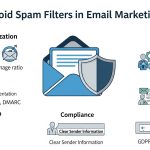



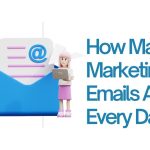







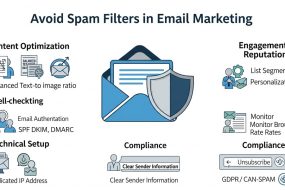
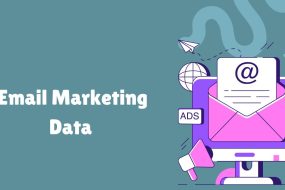
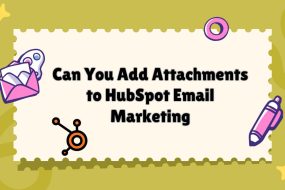
No Comments